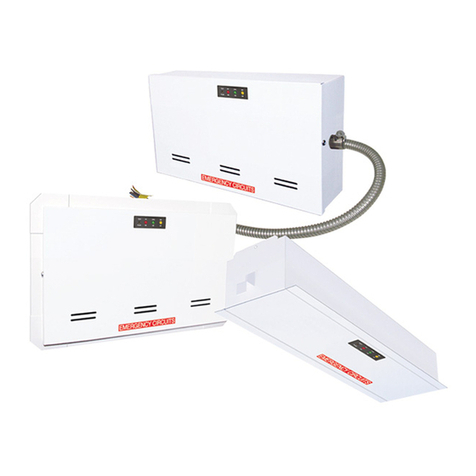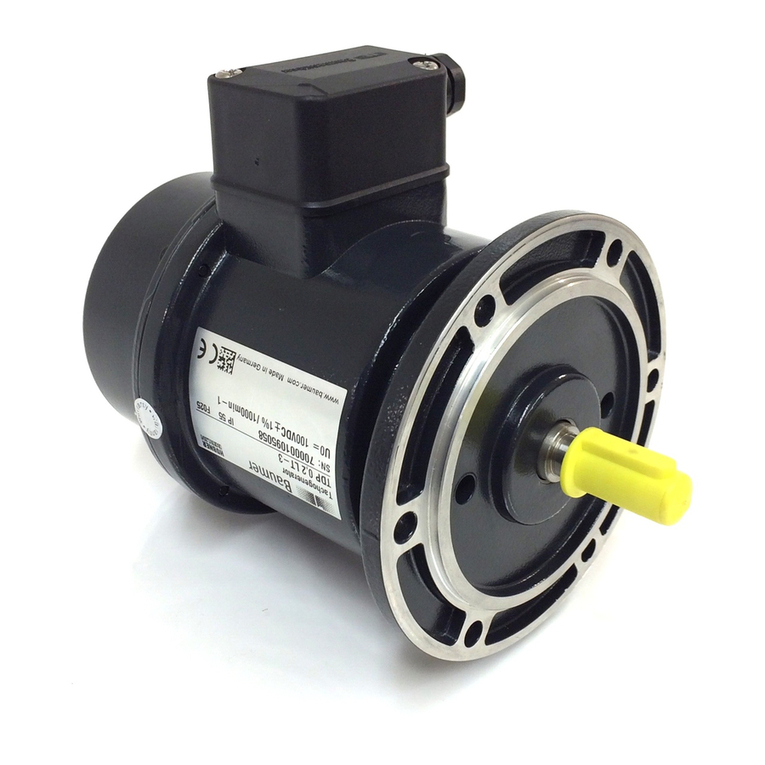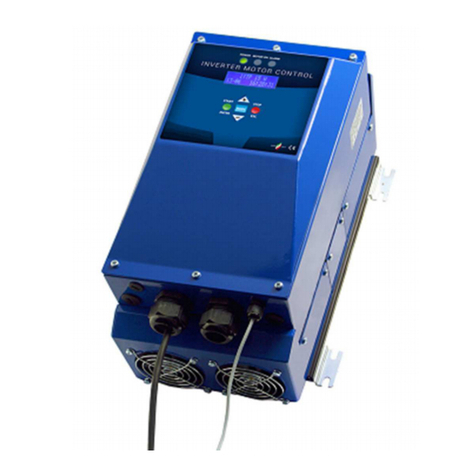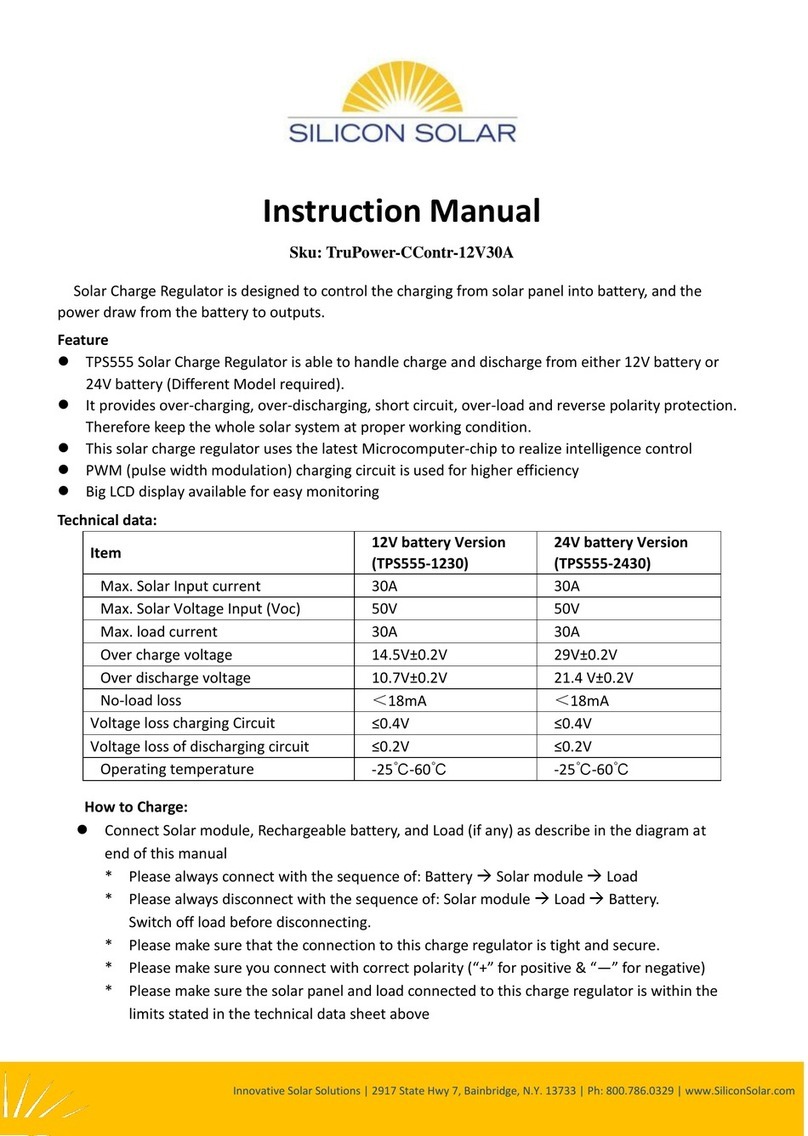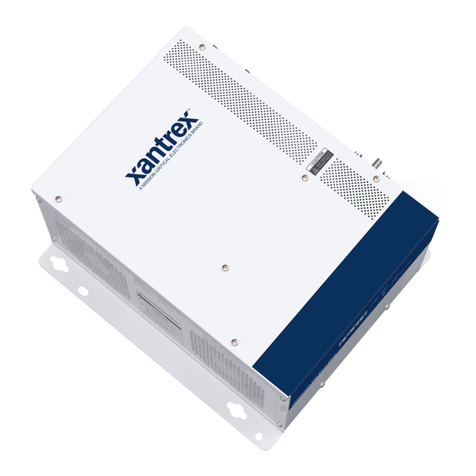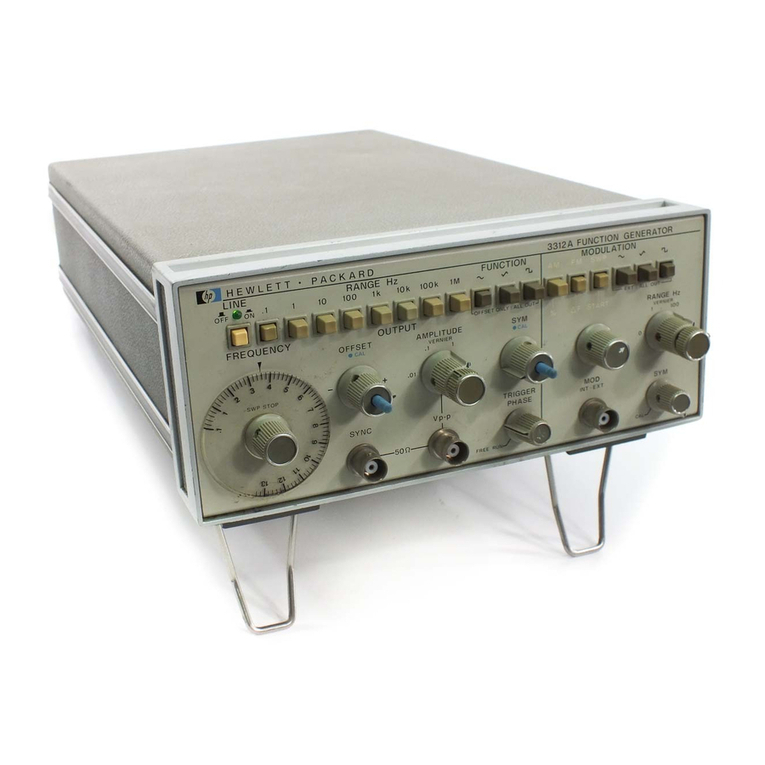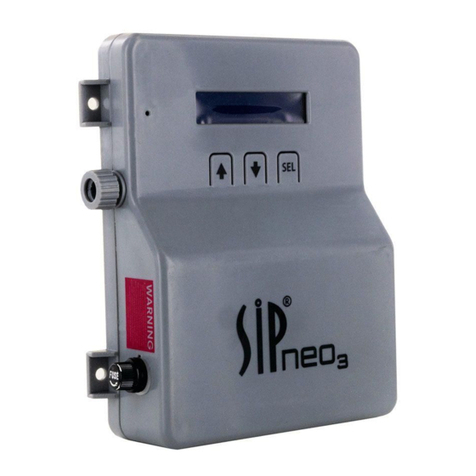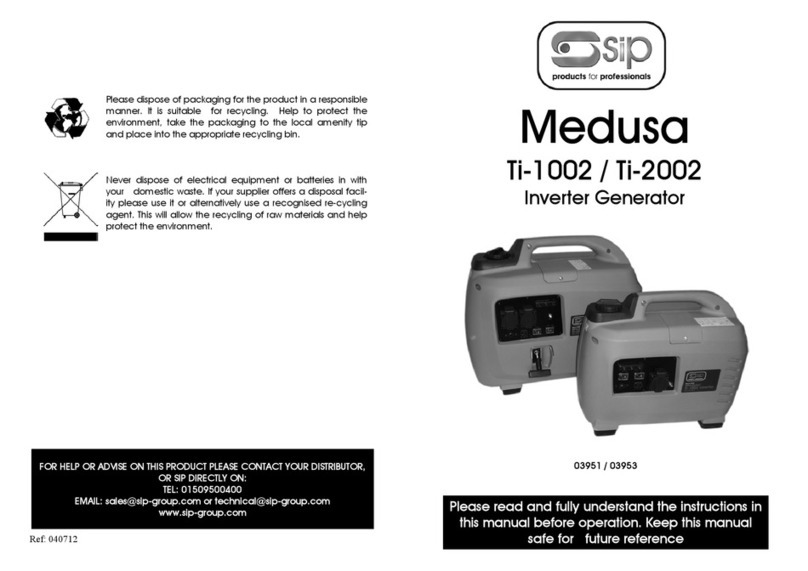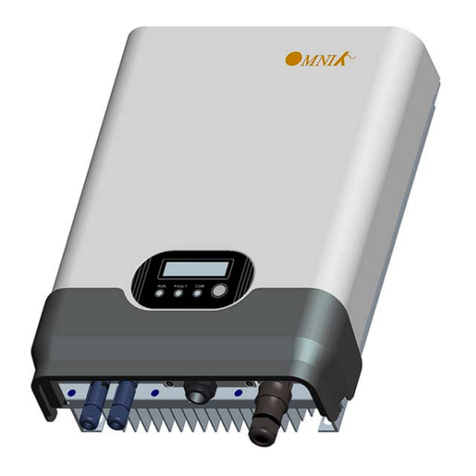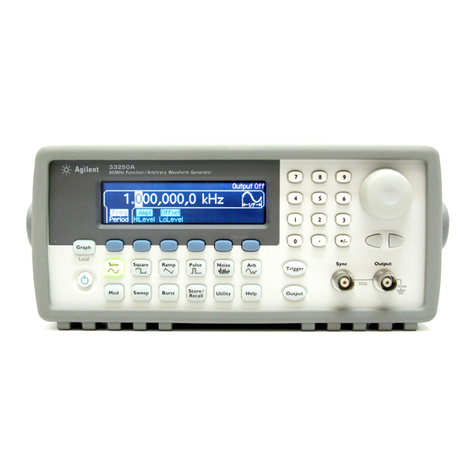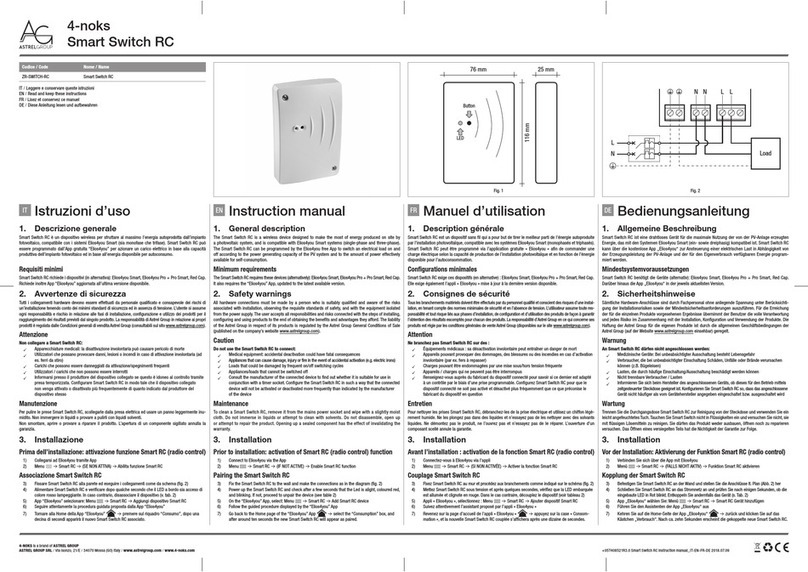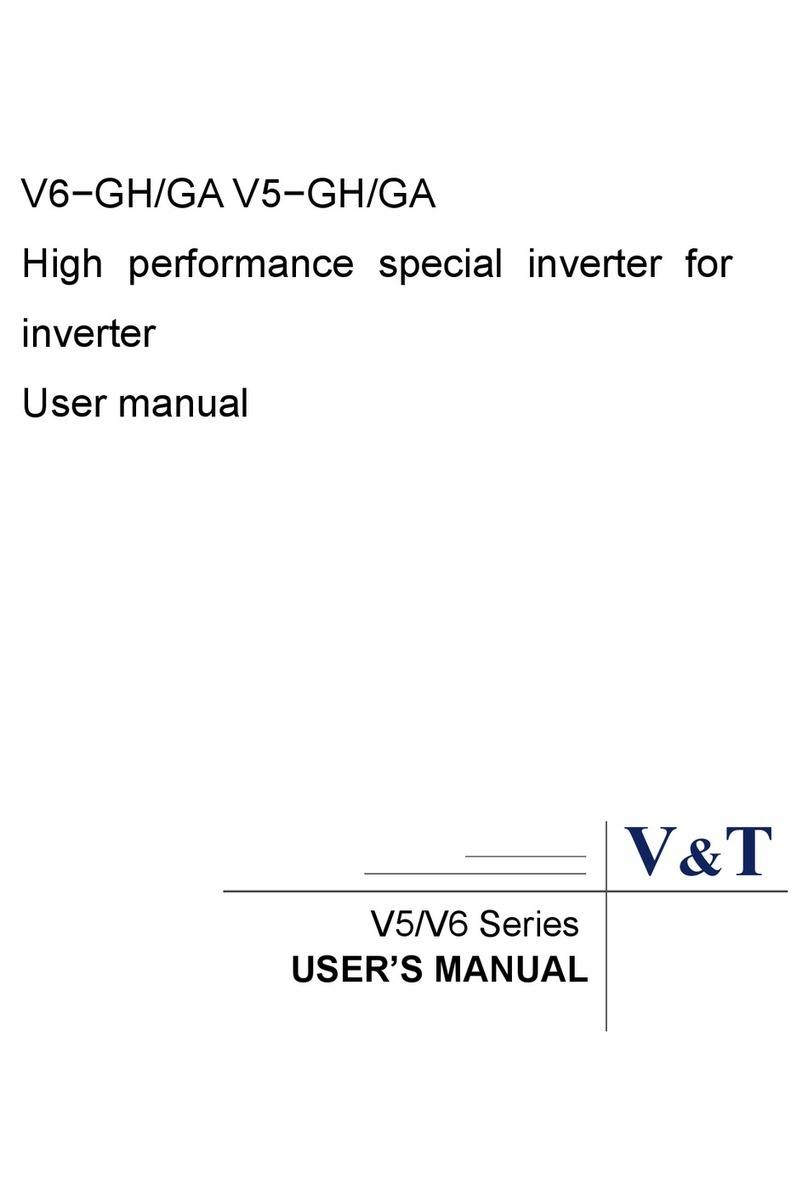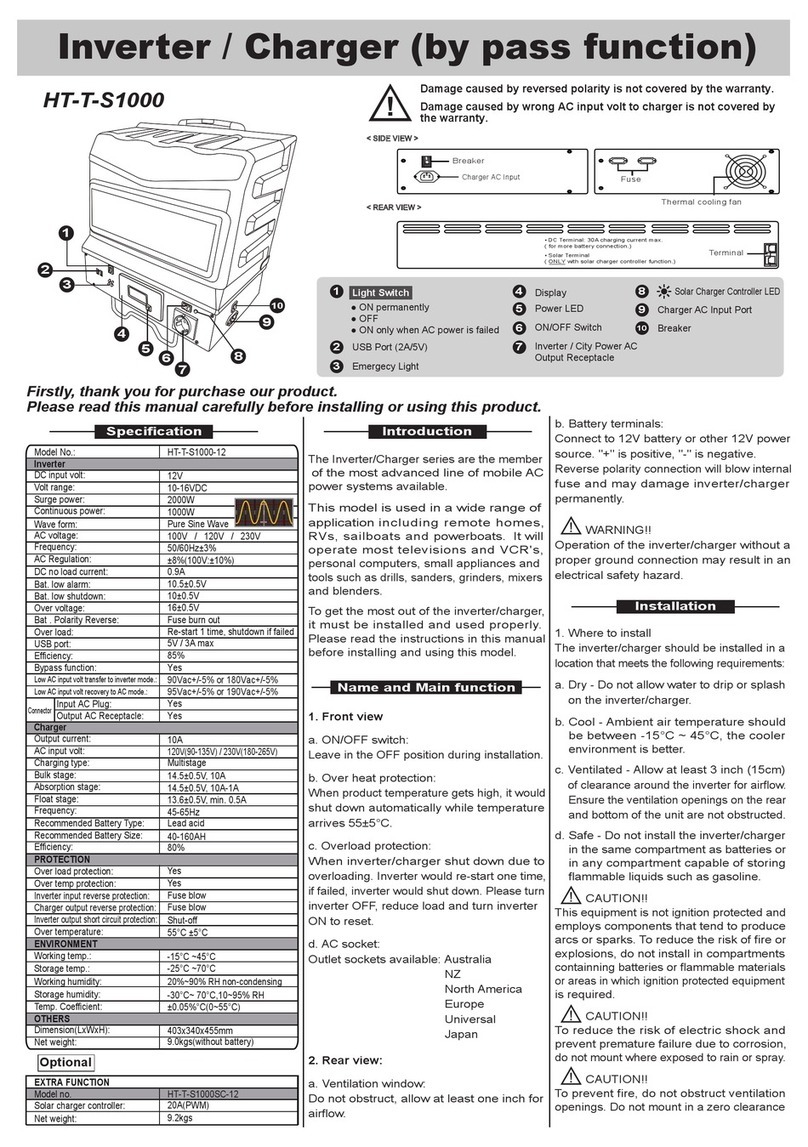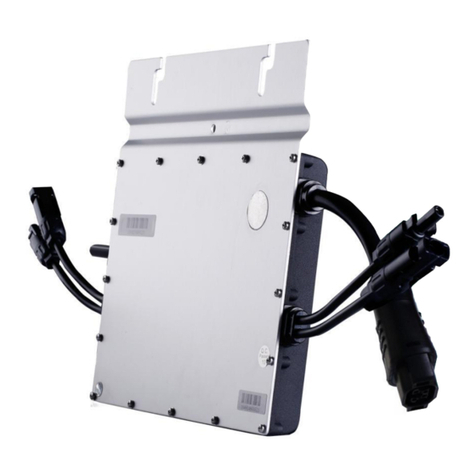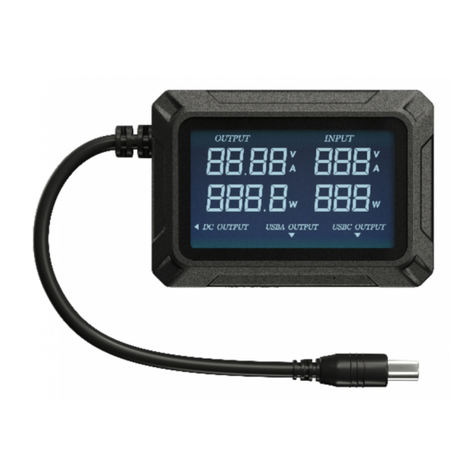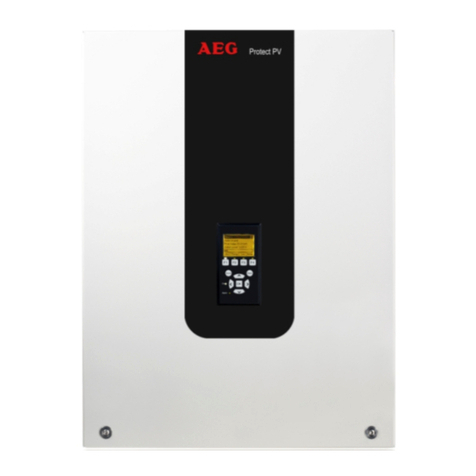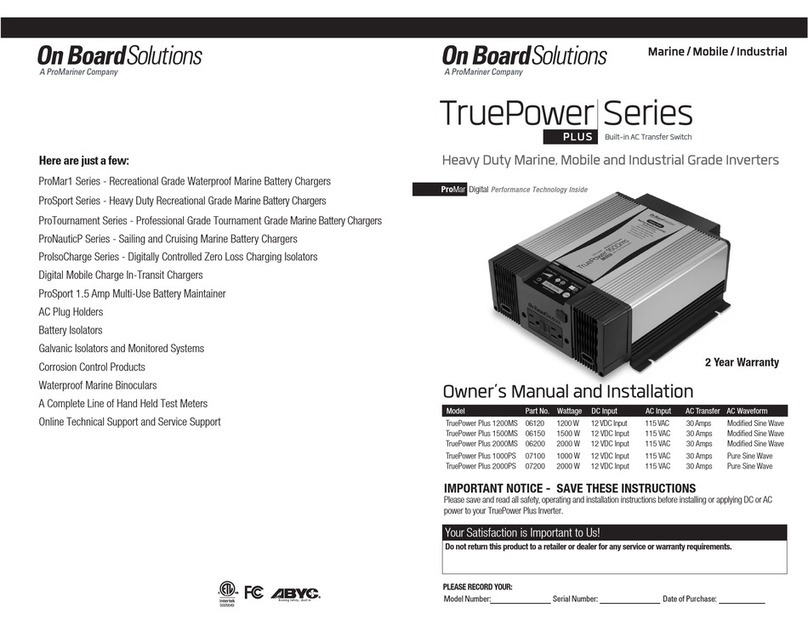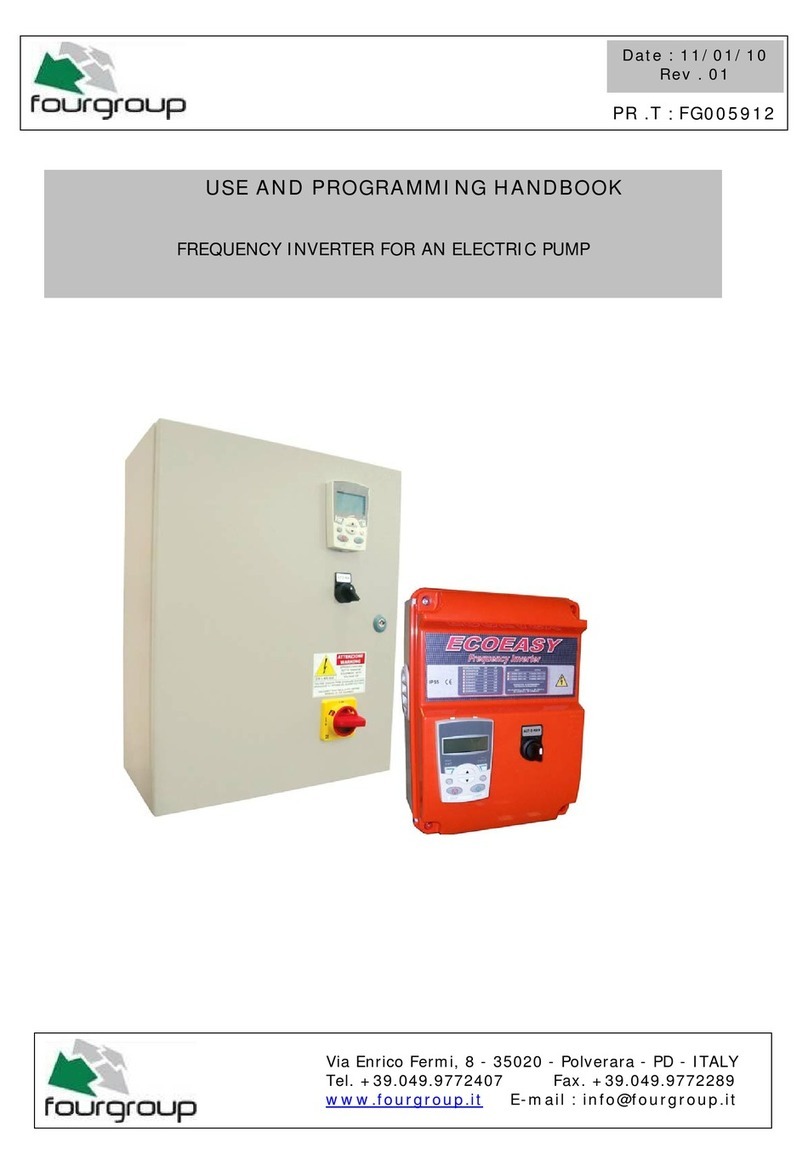10
ELECTRICAL CONNECTIONS
Connecting tools etc to the generator:
This generator is fitted with 2 standard 13 amp type sockets. Inspect them, as well as
anything to be connected to the generator, to ensure that no damage is present before
every use. If any damage is visible have the socket / equipment inspected / repaired
by a suitably qualified person.
The wires in the plug are coloured in the following way:
Yellow / green Earth
Blue Neutral
Brown Live
As the colours of the wires may not correspond with the markings in your plug, pro-
ceed as follows: The wire which is coloured blue, must be connected to the terminal
marked with N or coloured black. The wire which is coloured brown, must be con-
nected to the terminal, which is marked L or coloured red. The wire which is coloured
yellow / green should be connected to the terminal which is coloured the same or
marked
Always secure the wires in the plug terminal carefully and tightly. Secure the cable in
the cord grip carefully.
Note: Always make sure that the equipment to be connected is of the cor-
rect voltage (230 v ~ 50hz) and can tolerate fluctuations of 230v +/- 10%
50 hz +/- 3%, if in doubt consult the equipment manufacturer.
Note: If an extension lead is required in order to reach the generator; en-
sure that this too is rated for the correct voltage and current.
Note: The cross section of the extension lead should be checked so that it
is of sufficient size so as to reduce the chances of voltage drops.
Warning: Never connect live or neutral wires to the earth terminal of the
plug. Only fit an approved plug with the correct rated fuse for the equip-
ment. If in doubt consult a qualified electrician.
19
(1) Valve clearance: Intake; 0.15mm - 0.20mm, Exhaust; 0.2 - 0.30mm.
(2) Service more frequently if used in dusty conditions.
Spark plug gap: 0.7mm - 0.8mm (0.028” - 0.031”).
Standard plug type BR5ES (NGK).
TROUBLESHOOTING
Symptom Possible cause (s) Corrective action
No output from the AC ~
sockets.
1. Engine speed is too low.
2. Open or short circuit in wiring.
3. Open or shorted rotor or stator
windings.
4. Open rectifier.
1. Adjust the engine speed.
2. Check wiring and connections.
3. Test winding and replace as
necessary.
4. Test and replace as necessary.
Low output voltage with
no load applied.
1. Engine speed is too slow.
2. Faulty rectifier.
3. Faulty capacitor.
4. Open or shorted rotor or stator
windings.
5. Alternator de-magnetised.
1. Adjust the engine speed.
2. Test and replace as necessary.
3. Test and replace as necessary.
4. Test winding and replace as
necessary.
5. Re-magnetise the alternator.
High output voltage With
no load applied.
1. Faulty capacitor.
2. Engine speed is too fast.
1. Test and replace as necessary.
2. Adjust the engine speed.
Low output voltage whilst
under load.
1. Faulty rectifier.
2. Engine speed is too slow.
3. Excessive load applied.
1. Test and replace as necessary.
2. Adjust the engine speed.
3. Reduce the load.
Erratic output voltage. 1. Dirty / corroded or loose wir-
ing / connector (s).
2. Un-balanced load applied.
1. Check wiring loom and repair /
replace as necessary.
2. Remove all loads; apply each
load individually to determine
which is causing the erratic func-
tion.
Noisy operation. 1. Loose bolts.
2. Short circuit in generator field
or load.
3. Faulty bearing (s).
1. Check and tighten a necessary.
2. Test winding resistance, re-
place as necessary, test applied
loads for short circuit.
3. Locate faulty bearing and re-
place.
Engine will not run. 1. No fuel.
2. Fuel tap in the off position /
faulty.
3. Engine switch is in the “off”
position.
4. Spark plug is dirty / has incor-
rect gap.
5. Low compression inside the
cylinder.
1. Check fuel level and fill as nec-
essary.
2. Check the tap and replace as
necessary.
3. Reset the switch to the “on”
position.
4. Clean the spark plug, adjust
the gap or replace as necessary.
5. Check for leakage from the
cylinder.
